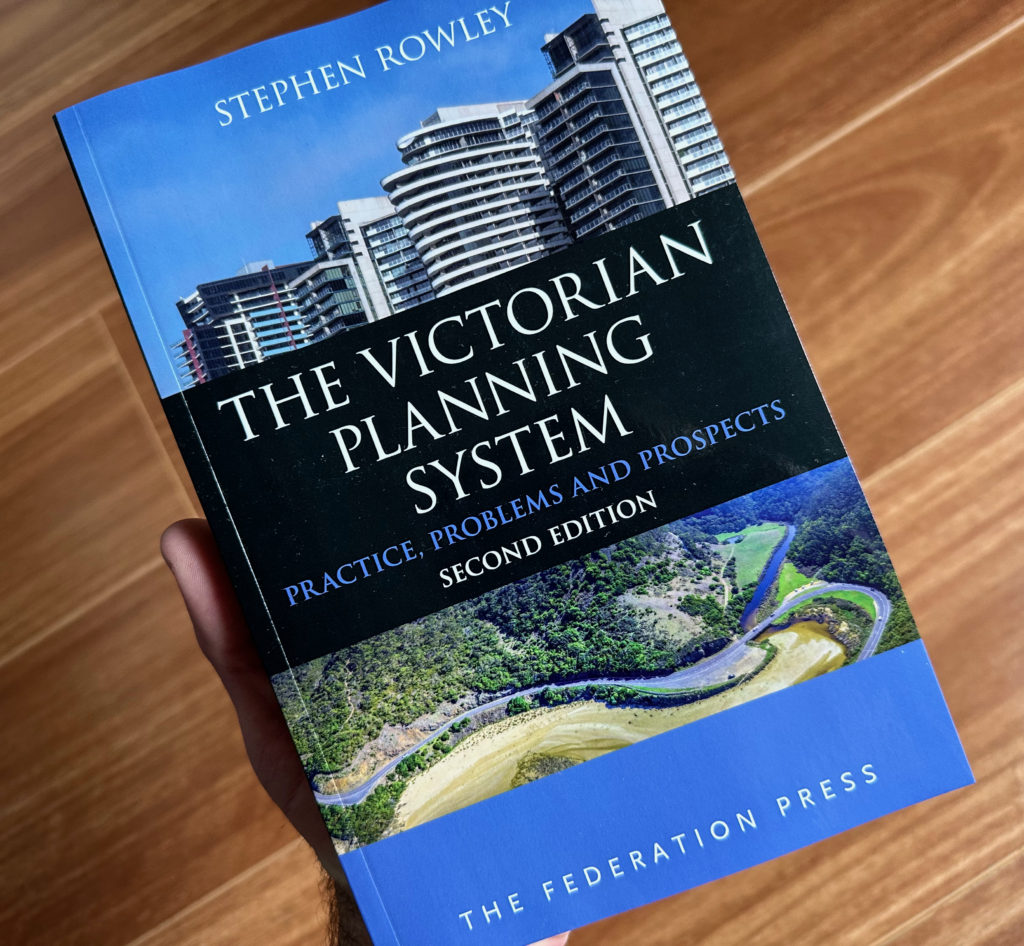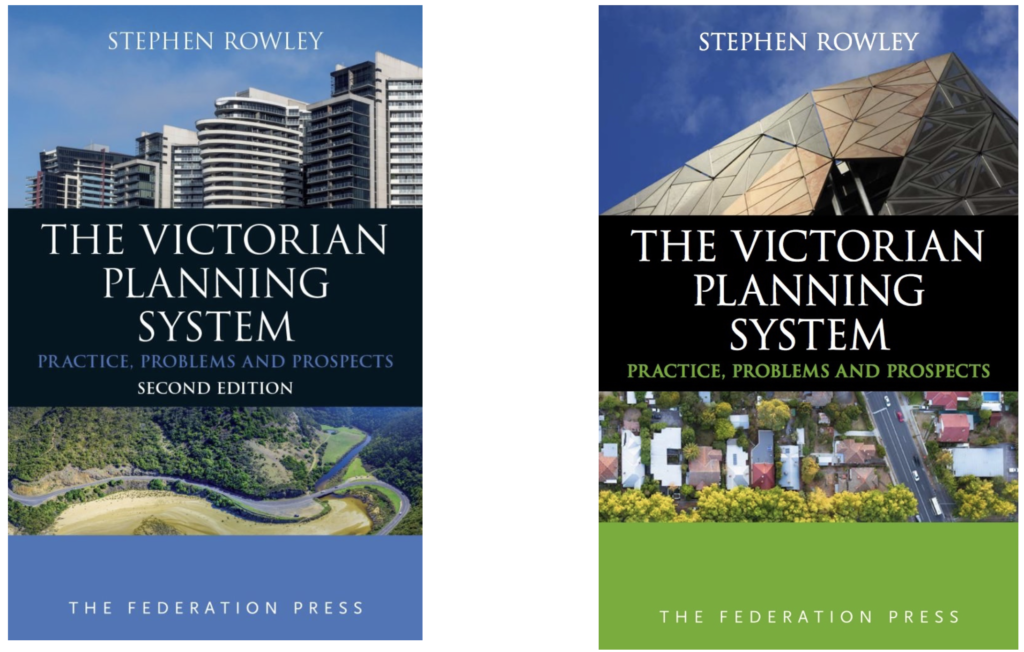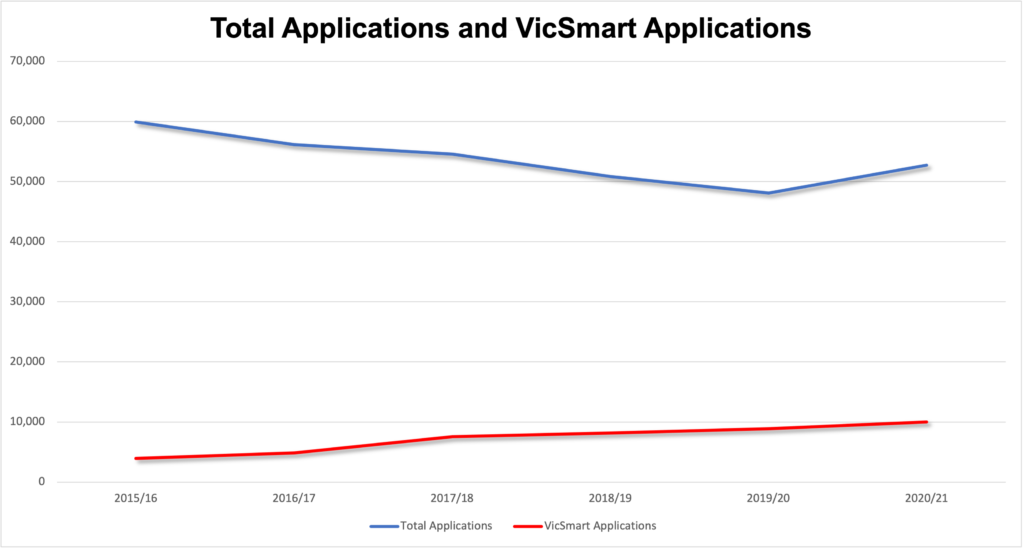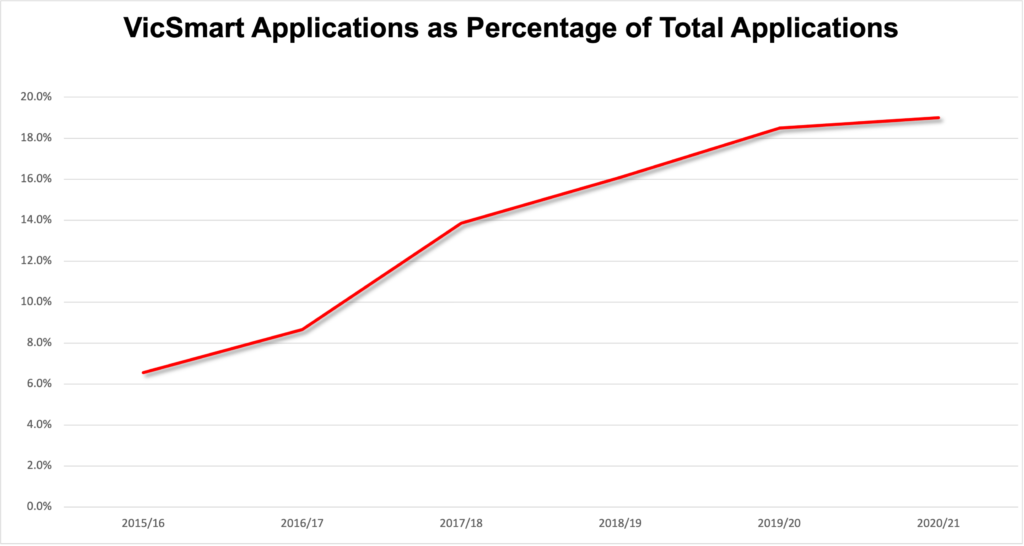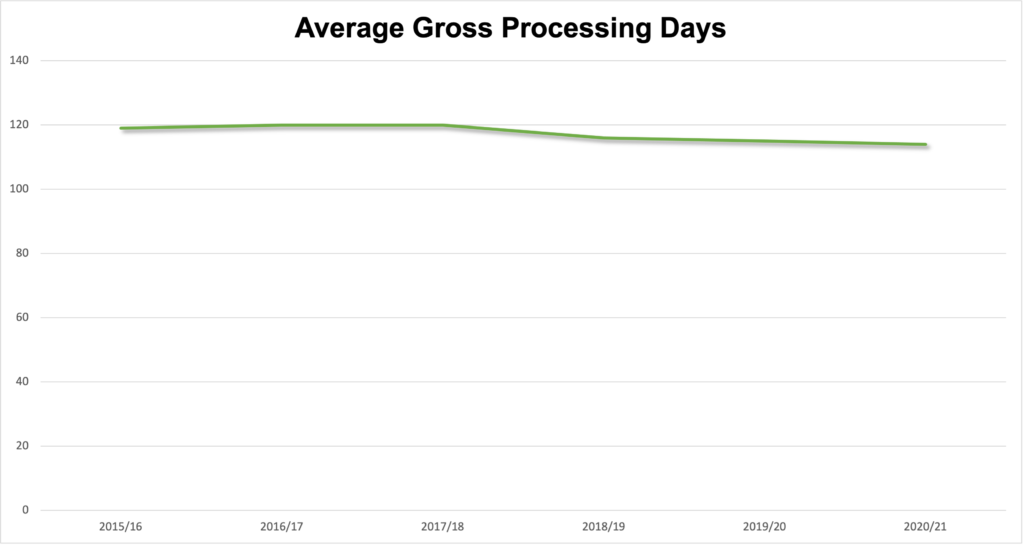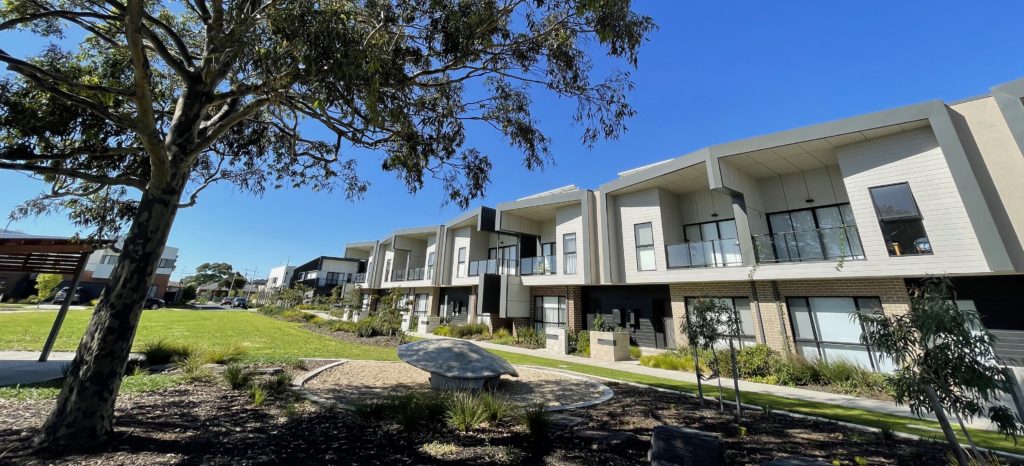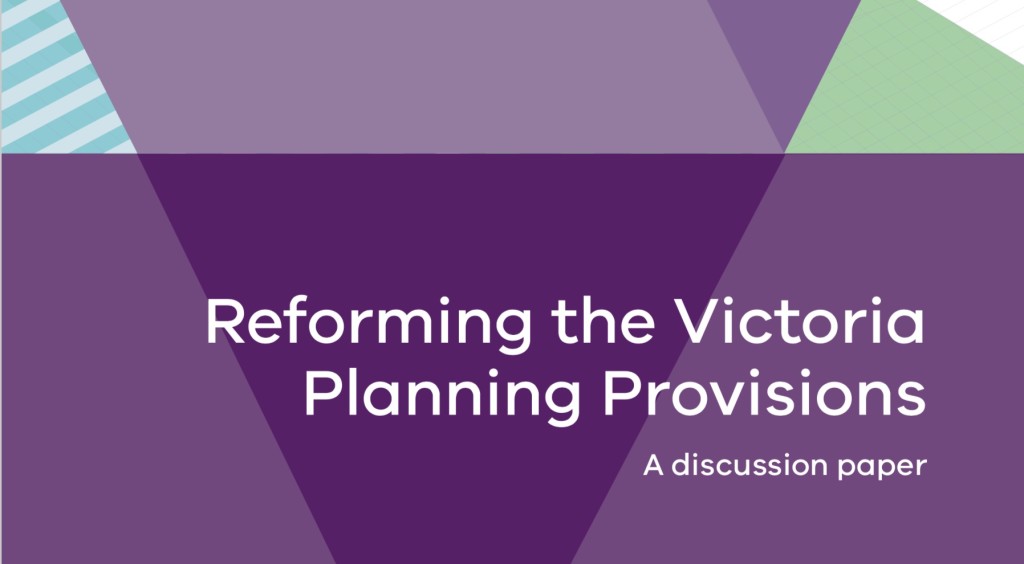The new edition of The Victorian Planning System: Practice, Problems and Prospects is now available for pre-order from the publisher’s page, with an expected publication date of April June.
I’m really pleased with this new edition, which is very thoroughly rewritten, including a thorough review of the concepts about system design and decision-making. My aim has been to write a book every Victorian planner feels they should own.
More will follow soon, but for now, here’s the blurb:
The Victorian Planning System: Practice, Problems and Prospects is an accessible introduction for all those who use the Victorian planning system, including planners, lawyers, councillors, developers, design professionals and community advocates. It explains key terminology and processes in simple terms and explores how the planning system is used to pursue policy goals. This discussion is contextualised through examination of a variety of planning policy challenges, including housing affordability, activity centre planning, and climate change.
This second edition has been comprehensively revised and updated to address changes since 2017. These include the finalised Plan Melbourne 2017-2050, the “Smart Planning” program, integrated Planning Policy Framework, revisions to residential development provisions (including the Better Apartments Design Standards), and the new Environment Protection Act, among others. Other new or heavily revised content includes discussion of planning in growth areas, biodiversity offsetting for native vegetation removal, and Aboriginal heritage.
This edition also includes reconceived discussion of decision-making and regulatory design. It reviews the history of planning system reform in Victoria and explores why the system is still not as effective, efficient or transparent as it should be. In response, the book outlines a vision of a new planning paradigm that is more capable of achieving bold policy goals. It is essential reading for all Victorian planning professionals.
The publisher’s page is here.



